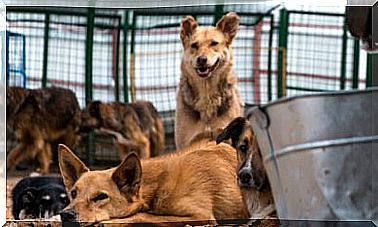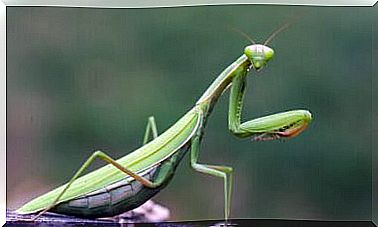7 Ectoparasites Affecting Birds Of Prey

Ectoparasites represent one of the most frequent natural threats among those affecting birds of prey. In this article we will talk about the 7 most common, all belonging to the arthropod family, both insects and arachnids.
Ectoparasites of birds of prey
Ticks, among the most dangerous ectoparasites
Adult ticks are bloodsucking parasites that can act as vectors for pathogenic microorganisms. Typically, raptors are infested when they spend a period without flying, for example due to weakness or illness. In fact, there are often several ticks on the same animal.
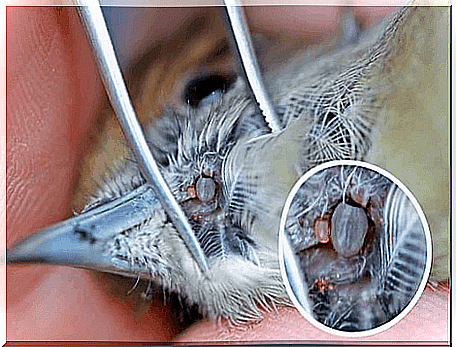
They are located on areas where there are fewer feathers, such as beak wax or eyelids. And, if they remain in the host long enough, once they have consumed all the blood they can, they separate themselves. If not, you need to remove them manually, taking care to prevent their oral appendages from remaining in the bird.
Mites
Mites are tiny ectoparasites that attack the skin of mammals and birds. The one known as the “red chicken mite” ( Dermanyssus gallinae ) lives in buildings and attacks birds of prey during the night; causes irritation, skin lesions and, sometimes, anemia.

The northern chicken mite ( Ornithonyssus sylviarum ) is easier to identify on the host, and generally nests in the nostrils and eyelids. It normally infests the bird through prey.
Fleas
The adult stage of the flea is the only one in which this insect acts as a parasite. Fleas are not very common in birds of prey: they are in fact occasional parasites, which usually come from an infested prey or nest.
Among the fleas, we note the one known as “chicken flea” ( Echidnophaga gallinacea ), a tropical species increasingly widespread in Europe. It is characterized by the fact that it remains attached to its host.
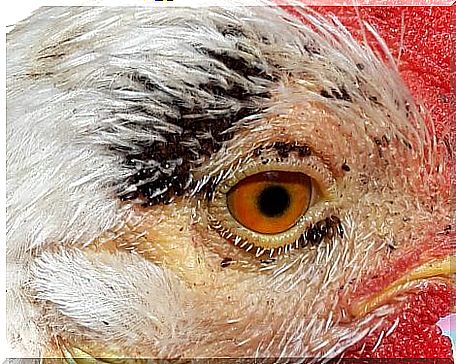
Myiasis, typical summer ectoparasites
Myiasis are diseases that result from the infestation of live tissues by eggs and fly larvae. Adult flies lay their eggs in the open wounds of birds of prey.
The eggs hatch after 8-24 hours and the larvae feed on necrotic tissue, which leads to an aggravation of the wound. If the bird dies from myiasis, death usually occurs after these insects have reached the blood, causing septicemia.
When a bird of prey is admitted to a rescue center, its wounds must be thoroughly examined to make sure there are no eggs or larvae present. If there are any, it is necessary to clean them well, also resorting to insecticidal solutions.

Hippos
Hippoboscids are ectoparasites characterized by a very rapid biological cycle, since they only have a larval stage. Females lay eggs in birds of prey nests or among their feathers. The adult fly feeds on their blood; in doing so, it is possible that it transmits other diseases to the bird.
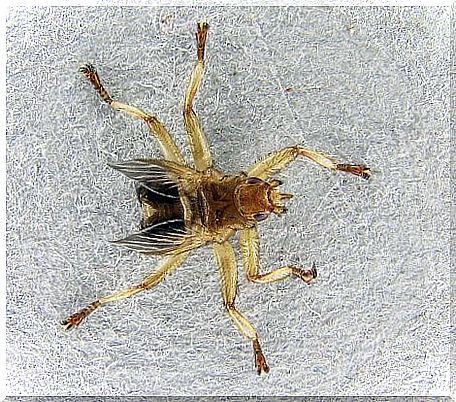
Chewing lice
These ectoparasites are known as “evil lice” and are quite common. Their entire biological cycle takes place on the host: the eggs adhere to the feathers, go through three larval stages and the adult feeds on the remains of skin, feathers and blood.
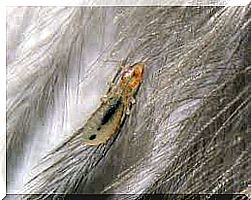
These insects damage feathers and cause skin irritation: as a result, the affected bird will heal its feathers more often. They tend to multiply in times of stress, weakness or illness when birds do not adopt adequate hygiene.
Mosquitoes
Most mosquitoes lay their eggs in water and their larvae are not parasites; before they become adults, they go through four moults. Only adult females are parasites, since they feed on blood, and can transmit pathogenic microorganisms.




